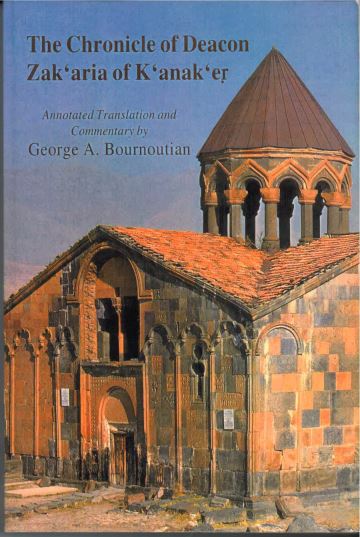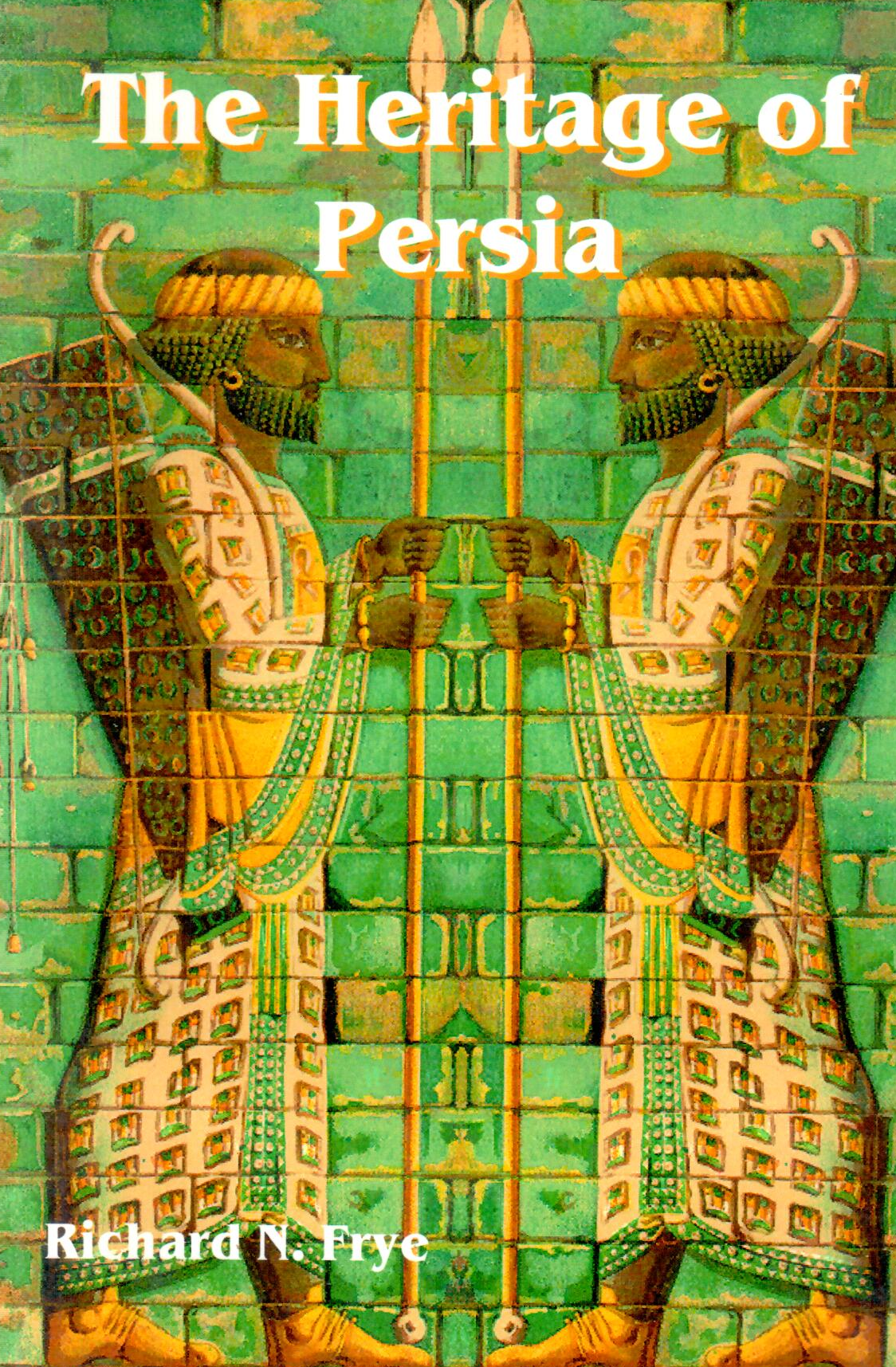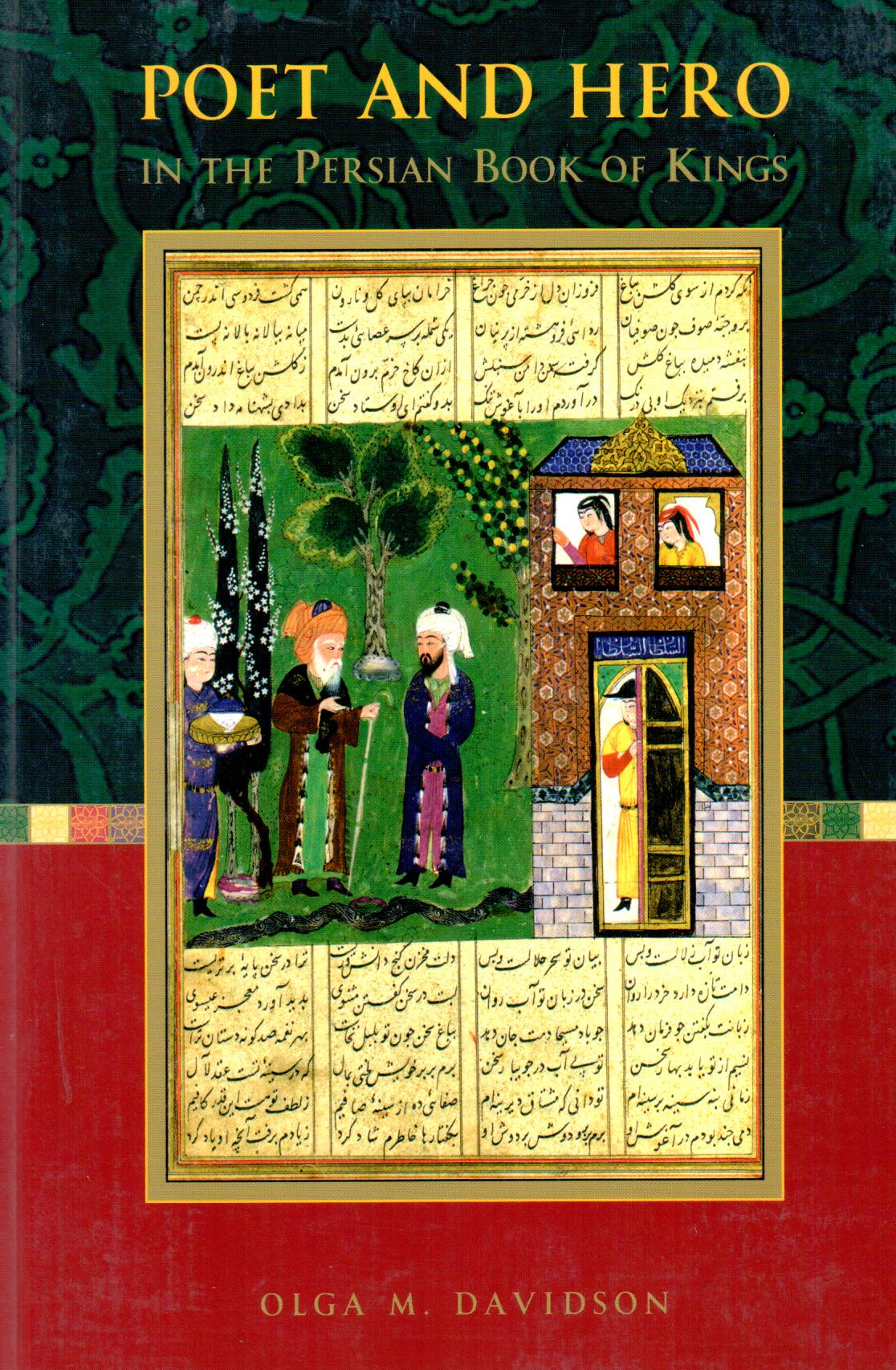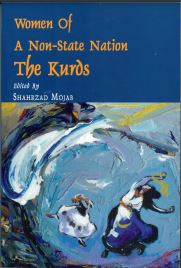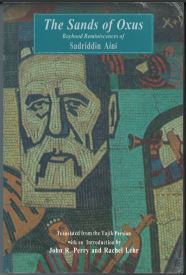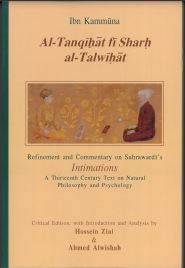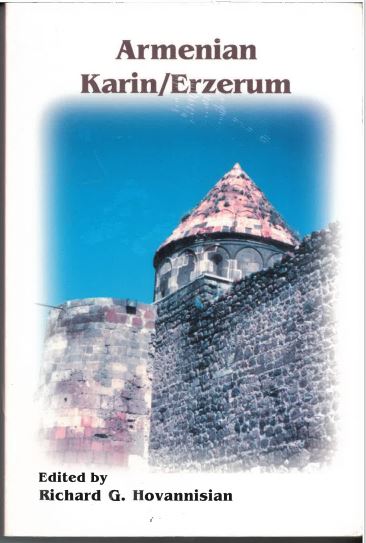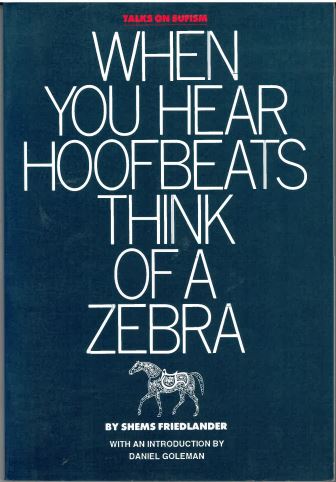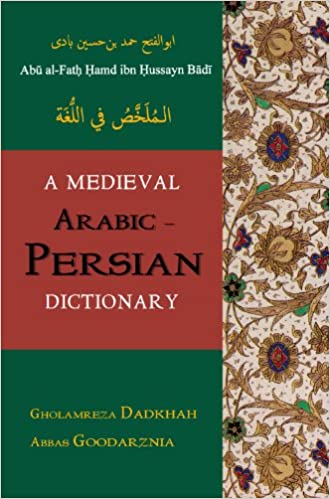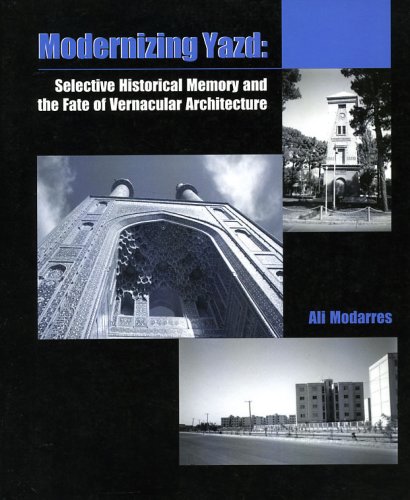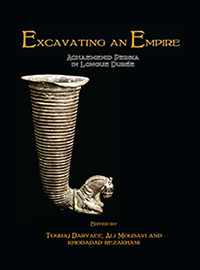The Chronicle of Deacon Zak'aria of K'ana'eṛ: English 2004
42.11 $
Share
Wishlist
ISBN:
9781568591216
Translator:
George Bournoutian
Publisher:
Mazda Publishers
Age Group:
Adult
Pages:
358
Weight:
586 g
Book Cover:
Paperback
Subjects:
Deacon Zak‘aria (1627-ca. 1699) was a native of K‘anak‘er, who lived and wrote in the great monastery of Hovhannavank‘ in the K‘asagh region of the Khanate of Erevan (eastern Armenia).
The Chronicle is written in the spoken dialect of the Erevan region mixed with the late classical and vernacular Armenian and abounds with Persian and Turkish words. Books I-II describe the political and socioeconomic condition in Transcaucasia, Anatolia, and eastern Georgia, beginning with the reign of Shah ‘Abbas the Great and ending with the first part of the reign of Shah Soltan Hosein. They also detail the Persian-Ottoman wars of the first half of the seventeenth century. Furthermore, the policy of the Muslim khans, who ruled over the khanate of Erevan throughout the seventeenth century, is covered in depth. An important part of the Chronicle concentrates on the Armenian Church and the major controversies at the Holy See of Ejmiatsin during the second half of the seventeenth century. Book III covers the history and kondak (cartulary) of Hovhannavank‘.
The Chronicle is an important primary source on the history of Persia (Iran), the Ottoman Empire, Georgia, and historic Armenia at the height of the three great Muslim empires: the Safavid, the Ottoman, and the Moghul. This is the first English translation of the Chronicle.
more
Deacon Zak‘aria (1627-ca. 1699) was a native of K‘anak‘er, who lived and wrote in the great monastery of Hovhannavank‘ in the K‘asagh region of the Khanate of Erevan (eastern Armenia).
The Chronicle is written in the spoken dialect of the Erevan region mixed with the late classical and vernacular Armenian and abounds with Persian and Turkish words. Books I-II describe the political and socioeconomic condition in Transcaucasia, Anatolia, and eastern Georgia, beginning with the reign of Shah ‘Abbas the Great and ending with the first part of the reign of Shah Soltan Hosein. They also detail the Persian-Ottoman wars of the first half of the seventeenth century. Furthermore, the policy of the Muslim khans, who ruled over the khanate of Erevan throughout the seventeenth century, is covered in depth. An important part of the Chronicle concentrates on the Armenian Church and the major controversies at the Holy See of Ejmiatsin during the second half of the seventeenth century. Book III covers the history and kondak (cartulary) of Hovhannavank‘.
The Chronicle is an important primary source on the history of Persia (Iran), the Ottoman Empire, Georgia, and historic Armenia at the height of the three great Muslim empires: the Safavid, the Ottoman, and the Moghul. This is the first English translation of the Chronicle.
more

